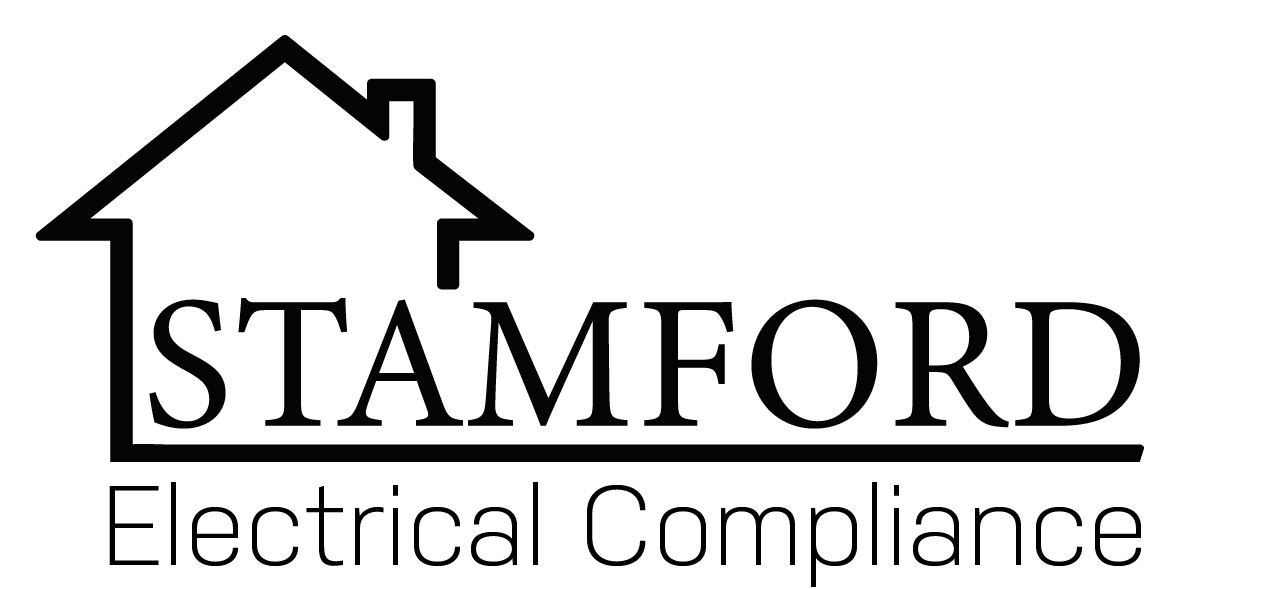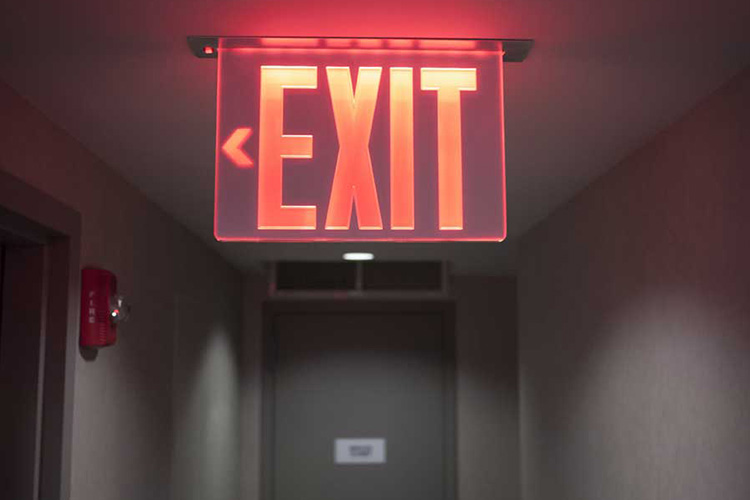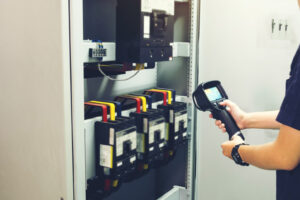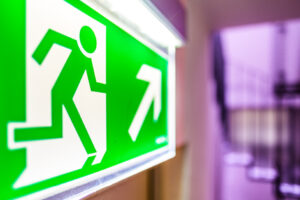Emergency Lighting Regulations: A Guide for Businesses
In the hustle and bustle of running a business, safety often takes centre stage. One crucial aspect of workplace safety is emergency lighting. But what exactly are the current regulations surrounding emergency lighting in the UK, and how do they impact your business in 2024 and beyond? Let’s delve into this illuminating topic.
What is Emergency Lighting Used For?
Emergency lighting is used to provide illumination during power outages, evacuations, and emergencies. Such as fires, natural disasters, and other unforeseen events. It helps to guide people to safety and navigate through buildings or public spaces in order to prevent panic, injuries, or confusion. It is essential in ensuring the safety and well-being of individuals in emergency situations.
What are the Different Types of Lighting?
- Exit and escape lighting. These are often the most common type of emergency lighting and are used to indicate the exits and escape routes out of a building. Placed at the exit points or along escape routes to guide occupants to safety during a building evacuation.in case of an emergency.
- Standby lighting. These lights are used as a backup in case of a power failure, providing illumination in critical areas such as stairwells and fire exits.
- High bay. This type of lighting is used in large, open spaces such as warehouses and factories to provide emergency lighting in case of a power outage.
- Task and safety lighting. These lights are used in specific areas where tasks may need to be carried out during any emergencies. Such as in medical facilities or critical infrastructure buildings or to highlight safety equipment or hazards in a building. To ensure occupants can navigate safely during an crisis.
Where Do You Need to Place Emergency Lighting?
Regulations mandate that emergency lighting should be strategically positioned, ensuring comprehensive coverage of the premises. It should be placed in key areas of a building to ensure that occupants can safely navigate and evacuate in the event of a power outage or emergency situation. Some key locations where the lighting should be installed include:
- Exit routes
- Stairwells
- Fire alarm pull stations
- Elevators
- Critical equipment
- Restrooms
How Long Does the Lighting Need to Stay On For?
In the UK, emergency lighting needs to stay on for a minimum of 1 hour in the event of a power failure. This requirement is outlined in British Standard BS 5266-1:2016, which sets out the guidelines for emergency light systems in non-residential buildings. However, in some high-risk locations such as hospitals and care homes, the minimum duration may be longer. It is important for building owners and managers to ensure that their emergency lighting systems comply with these regulations. To ensure the safety of occupants in the event of an crisis.
How Are Emergency Systems Powered?
Emergency systems are typically powered by batteries or generators that are kept on standby in case of a power outage. The batteries are often rechargeable and are connected to the emergency light system, providing power when the main power source fails. Generators can also be used to power emergency systems, providing a backup power source during extended outages. Some lighting systems may also be connected to a backup power grid or be powered by renewable energy sources such as solar panels.
Maintaining and checking, who is responsible for this task?
Businesses in the UK are advised to regularly test their emergency systems to ensure they are working effectively. The standard suggestions are as follows:
- Daily: Perform a visual inspection of central power supply indicators to ensure the system is working correctly. This requirement applies to central battery systems.
- Monthly Tests: BS EN 50172 / BS 5266-8 dictate that companies must carry out a brief functional test on all emergency light systems on a monthly basis. This includes briefly activating the emergency lighting system to ensure that all lights are operational and to verify the functionality of the battery. It is important that this test is kept short to prevent draining the battery. Typically, the business owner or a designated individual within the organisation can conduct these monthly checks.
- Annual Tests: An annual test for the full duration should be performed, which includes activating the emergency lights for their complete operating period of typically three hours. This is to guarantee that they can function throughout a power outage. The full-duration tests, conducted yearly, are more thorough and need to be carried out by a certified electrician. This process ensures that any problems or flaws found during the test can be fixed properly and that the system meets all necessary regulations and standards.
Staying compliant with lighting regulations is not just a legal obligation but also a crucial aspect of ensuring the safety of your employees and customers. By understanding the requirements and adhering to best practices, businesses can create a safer environment for everyone. If you need assistance with assessing, installing, or maintaining your emergency lighting system, don’t hesitate to reach out to our team at Stamford Electrical Compliance. We’re here to illuminate your path to safety and compliance. Get in touch!




